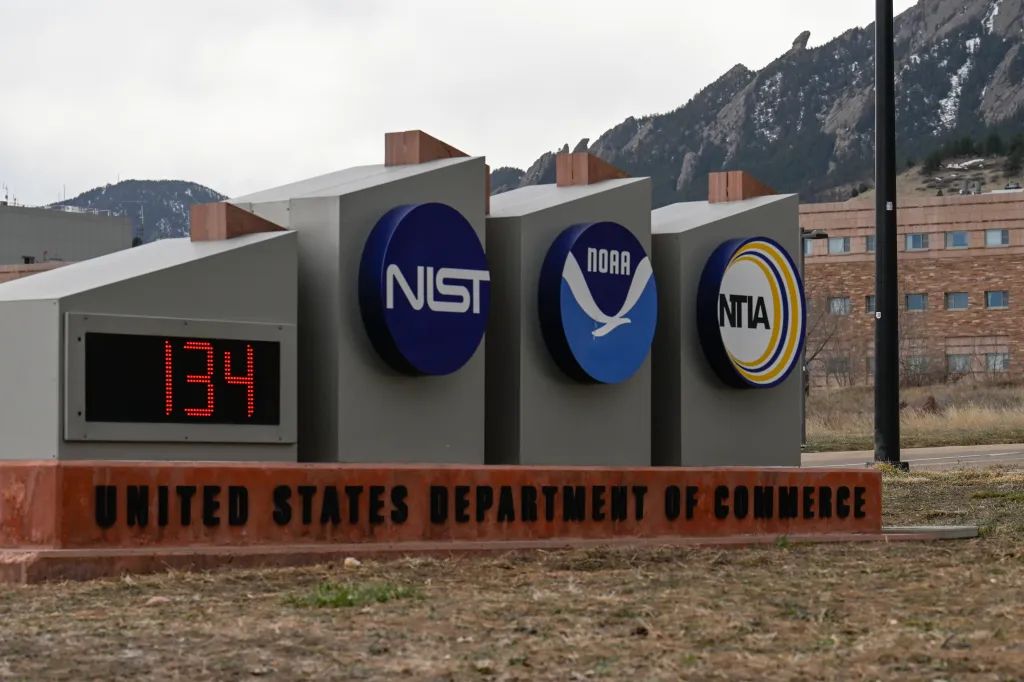
By Pieter P. Tans and Scott J. Lehman
In 1956, C. Dave Keeling of the Scripps Institution of Oceanography began to make the first accurate measurements of atmospheric carbon dioxide (CO2), the most important of the greenhouse gases influencing Earth’s climate. Soon after, Harry Wexler of the U.S. Weather Bureau (NOAA’s forerunner) invited Keeling to set up shop permanently at its Observatory on Mauna Loa, Hawaii, and NOAA has continued supporting Keeling’s (and now his son Ralph’s) CO2 measurements there to this day. NOAA began its own measurements in 1967 at a site on Niwot Ridge operated by CU-Boulder’s Mountain Research Station. In 1972, NOAA founded the Geophysical Monitoring for Climatic Change program (now the Global Monitoring Laboratory). From its global hub here in Boulder, GML sends air sampling flasks to a network of volunteers who fill them at remote sites around the world.
As the network grew in size to more than 50 sites, GML also greatly increased the scientific value of each air sample by measuring more and more gas species in addition to CO2, such as methane and nitrous oxide (which, in addition to water vapor, are the three main greenhouse gases), carbon monoxide, hydrogen, and about 30 very long-lived gases that both destroy ozone in the stratosphere and contribute to global heating. In addition, the air samples are analyzed at CU-Boulder for isotopic ratios of CO2 and methane. The isotopic measurements contain additional information about sources and sinks, including the amount and location of emissions from fossil fuel use, and, for methane, atmospheric chemical losses.
The combination of careful site selection, world-leading standards of measurement and calibration, and global reach has, for many decades, provided essential information to the international science and policy communities regarding global atmospheric composition and climate — arguably Earth’s most fundamental “vital signs.” Last month, the National Academy of Sciences, the nation’s premier scientific advisory body, released a study entitled “Effects of Human-Caused Greenhouse Gas Emissions on U.S. Climate, Health, and Welfare.” The aim of the study was to re-evaluate and update the scientific evidence that led to the so-called “Endangerment Finding” — the EPA’s landmark 2009 declaration that our continued emissions of greenhouse gases pose real risks to public health and welfare. Crucially, the Endangerment Finding provides the fundamental legal basis for regulatory action concerning emissions and related mitigation efforts. Under the current Administration, a newly industry-aligned EPA has called for repeal of the Finding, arguing that its original study “unreasonably represented” the state of the science. As with the original EPA study, and virtually all other efforts to understand changing climate and atmospheric composition around the world, the new NAS study has relied fundamentally on the precise, long-term atmospheric observations provided by NOAA.
Eight months into this Administration, it hardly comes as a surprise that the president’s 2026 budget calls for the elimination of NOAA’s essential climate and weather research programs, including the Global Monitoring Laboratory and its observatories at Mauna Loa and elsewhere. While the current House and Senate budget marks are more favorable for NOAA than the president’s budget, the Office of Management and Budget has been forthright in its disdain for the bipartisan appropriations process, brazenly signaling its intent to pursue party line rescissions or, to ignore Congressional spending guidance. Earlier this month, the Administration levied an unauthorized 14% cut on NOAA’s research arm as a “down payment” on next year’s proposal to eliminate NOAA research altogether.
It is against this ominous backdrop that we implore lawmakers of both parties and our fellow citizens to ensure that NOAA’s essential long-term monitoring programs remain fully funded, staffed and intact. Any interruption of these programs will inevitably lead to observational gaps as other entities with lesser reach and expertise struggle to assemble and unify observations from disparate sources — effectively leaving national, state and local governments and industry “flying blind” as they attempt to gauge the impact of their efforts to reduce planet-warming emissions. NOAA provides clear-eyed, objective, politically neutral analysis of the state of our atmosphere on which the entire world depends. You can not manage what you can no longer see.
Dr. Pieter P. Tans was formerly the Chief Scientist at NOAA’s Global Monitoring Lab. Dr. Scott J. Lehman was formerly the Principal Investigator of the University of Colorado-Boulder’s isotopic measurement programs for NOAA. Both are Fellows Emeriti at the University of Colorado’s Institute of Arctic and Alpine Research in Boulder. Neither is currently affiliated with NOAA.